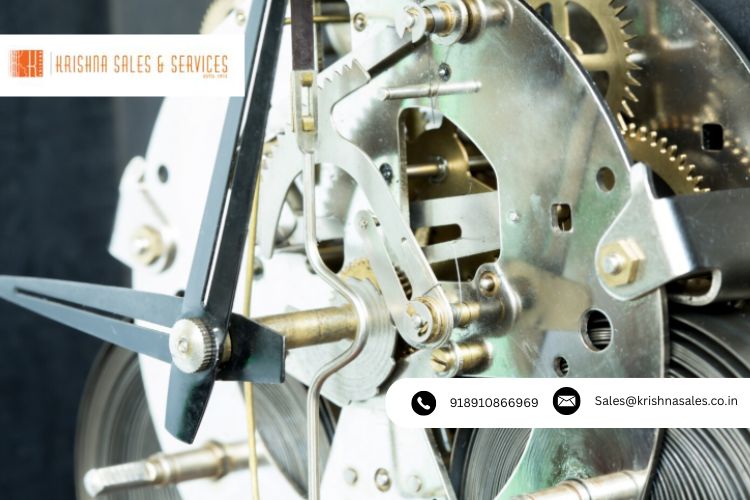In heavy construction, a stalled crane can stall profits. Whether you manage a single-site operation or a nationwide fleet, sourcing dependable components is critical. Many project heads also keep Tata Hitachi Excavator Parts on hand to ensure that multi-brand equipment stays job-ready without delay.
Why Link-Belt Cranes Need the Right Parts
Link-Belt cranes are known for long service life, but only if maintained with genuine components. According to a report from the India Brand Equity Foundation, India’s infrastructure market is on a growth trajectory, which means downtime costs are rising too. Using authentic parts keeps your equipment within safety norms, prevents breakdowns, and protects your investment.
Traits of a Top Supplier
Before signing a purchase order, experienced B2B buyers typically evaluate suppliers on these key points:
- OEM Verification: Direct relationships with Link-Belt or proven OEM channels are a must.
- Broad Inventory: From hydraulic pumps to electrical assemblies, a wide catalog prevents long lead times.
- Technical Backing: Distributors with engineering support can help with compatibility checks and installation guidance.
Critical Components to Stock
Procurement teams often maintain an active reorder list that includes:
- Hydraulic motors and control valves.
- Wire ropes, drums, and sheaves for lifting systems.
- Electronic control units and sensor kits.
- Undercarriage items like rollers and track shoes.
Smart Cross-Brand Procurement
Many construction firms operate mixed fleets, making it cost-effective to pair Link-Belt orders with other crane brands. Combining shipments—for instance, adding Sumitomo Crane Spare Parts—can reduce freight costs and simplify inventory management. This consolidated approach also ensures every machine stays in motion, even during scheduled maintenance.
Buying Strategies for B2B Success
- Request Certifications: Always ask for OEM certificates and warranties to confirm part authenticity.
- Audit Logistics: Choose suppliers with a proven track record for rapid dispatch and real-time shipment tracking.
- Negotiate Service Agreements: Long-term contracts can secure better pricing and guaranteed priority service.
Technology & Market Trends
Forward-looking distributors are investing in predictive maintenance software, digital catalogs, and 24/7 online ordering. These tools help fleet managers anticipate part wear and schedule preventive maintenance, which means fewer costly breakdowns. Growing demand for eco-friendly hydraulic fluids and energy-efficient electronic systems also shapes the market.
Above all, selecting a trusted supplier for Linkbelt Crane Spare Parts is about ensuring safety and efficiency for the long haul—whether it’s a high-rise construction in Mumbai or a port operation in Chennai.
Frequently Asked Questions
How can I verify a Link-Belt parts supplier?
Request OEM authorization documents or cross-check supplier credentials with Link-Belt’s regional office or official channels.
What parts typically need the most frequent replacement?
Hydraulic components, lifting ropes, and control electronics are high-wear items that require regular inspection and replacement.
Do suppliers provide emergency bulk orders?
Reputable distributors maintain ample inventory and offer express shipping for urgent requirements.
Is multi-brand sourcing really cost-effective?
Yes. Ordering Link-Belt parts alongside other brands like Sumitomo or Tata Hitachi can cut freight costs and simplify warehouse management.
Final Thoughts
For businesses relying on Link-Belt cranes, choosing the right spare parts supplier is more than procurement—it’s a strategic move to keep projects safe, on time, and profitable. Look for proven OEM ties, deep inventories, and strong technical support to protect your operations.
Blog Development Credits:
This blog was initiated by Soma Maiti, drafted with advanced AI tools such as ChatGPT, Google Gemini, and Copilot, and polished for SEO by Digital Piloto Private Limited.



